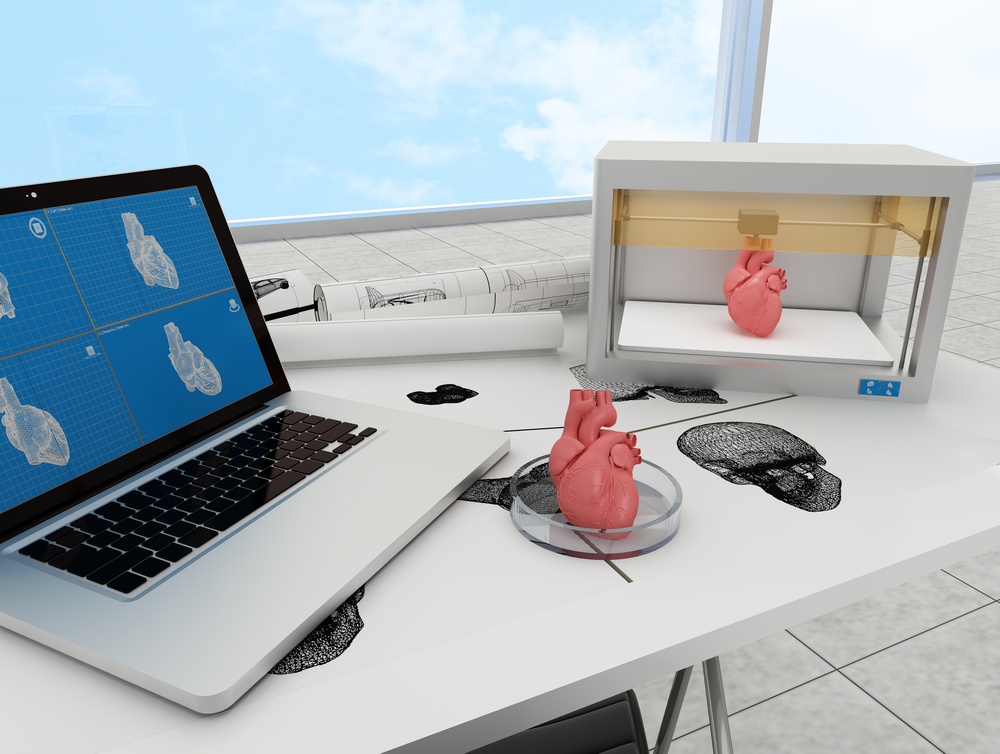3 applications for 3D printers your students need to know about
There are hundreds of applications for 3D printers, but your students may not know about them. Find out what industries 3D printers help in this blog!

There are lots of applications for 3D printers, however your students might not know about them.
It’s your job, as a teacher, to help your students understand the possible applications for these nifty devices and the careers they could lead to.
To help you out, we’ll explore some of the most exciting applications for 3D printers you could use to inspire your students. Enjoy!
Why is it important to understand the applications for 3D printers?
3D printers aren’t just great tools for school, they have real-life practical uses that can really benefit society.
Learning how to use one at a young age can inspire students to try STEM subjects, but it is not always obvious what career they could progress to after that.
That’s why understanding the applications for 3D printers is so important; it gives students direction and a clear goal to aim for.
This in turn can inform their educational choices (e.g. which GCSEs or A levels to take, which university to go to) and help them develop a passion for a certain field.
3 amazing applications for 3D printers
3D printers have hundreds of practical and professional applications for you to explore with your students, and more are being created every day.
Here are a few examples of the most exciting areas your students could get in to:
1. Medicine and healthcare
Over the past few years, there have been huge developments in 3D printing for medicine and healthcare.
Health institutions are already using 3D printers to make medical equipment like splints, surgical models and implants. This is much cheaper and more effective than traditional methods.
One man is even making low-cost prosthetics at home in his shed, making them much more affordable and accessible for everyone.
In the future we expect to see biomaterials like blood vessels, heart valves, skin and even organs to be 3D printed – eradicating the need for live transplants completely!
3D printed medications are also a possibility; they’ll dissolve faster, be made quicker and be much cheaper to produce. How exciting is that?
2. Manufacturing
Many manufacturers are looking to combine 3D printers with artificial intelligence, robotics and similar innovations to automate and improve their working environment.
3D printing already speeds up the design, testing and prototyping process. By quickly printing small-scale models, you can see how effective each model is and make improvements before the daunting prototype process.
It also allows for low-volume production. Where traditionally you’d have to commit to creating very specific (and expensive) tools or moulds for production, 3D printing has no set-up costs. And you can print according to demand.
3. Retail and shipping
At the moment, retailers create items either in large or small batches. There is no in-between.
However, 3D printers fix this as they can create batches according to demand while reducing the amount of inventory waste.
They can also replace cardboard boxes and standard packaging with more sturdy and reliable containers.
Eventually 3D printing will allow consumers to build their own bespoke products in store or online. It will create a new range of bespoke yet reasonable products that will revolutionise the industry… and we can’t wait!
You see? There are hundreds of possible applications for 3D printers just waiting to be discovered. Inspire your students by placing one in the classroom and challenging them to create something innovative and world-changing.
Want to inspire your students with a 3D printer? Ask our experts to help you decide which model to go for!

